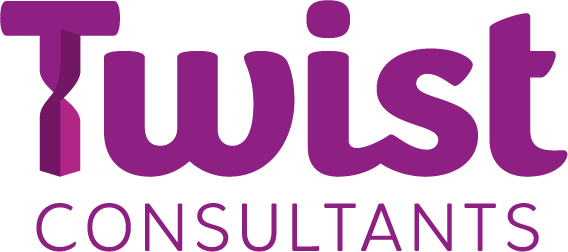I’ve recently been exploring why and how we get more value from getting people together and especially for workshops, as I view them as vital when we want to create the right environments to create and drive change. It costs time, money and often a hefty impact on our carbon footprint to get people together in this way, so I’m keen to understand why they work for some teams and not for others.
I’ve been told by some folk that they see workshops as a one-off, a nice to have that helps people get inspired but leaves very little lasting impact. And I’ve had others who have found them really useful for sparking ideas and solutions, and they’ve been key to long-term change. It’s made me think – what makes the difference to the value we get from these sessions?
1. Planning
You need to plan for the outcome you want. Where are you heading, what does that look like and how will workshops support with this? Are they the right tool for you to be using to achieve that goal? It’s only once you’ve answered some of those questions that you should then explore what your individual workshops will look like.
2. Connection and conversation
One of the biggest benefits of getting people together is creating the opportunity for connection, conversation and, as a result, different thinking. Depending on the outcome we need, thinking about how you create the right environment as part of your planning is vital. Do we want to include activities? If yes, what purpose are they serving? Are they supporting greater collaboration? How do we create space if challenging conversations are needed?
If you get this right, you’ll get feedback like this (from a former client of mine):
“The organisation running the workshops are good enough, but I kept having moments of 'I wish Jo was running this!”
When I asked her why she was thinking this…
… you're so good at questioning and challenging people in the right way… with the other organisation, there’s a definite focus on… activities, when perhaps some more challenging conversations are needed.”
3. Being intentional about proximity matters
There is something called ‘Temporary Geographical Proximity’, which considers getting people together to ‘satisfy the need for face-to-face contact’ for a limited time. Collaborative sessions fall into this category. The intentional way we get teams together to build relationships, develop innovation and make decisions really matter, especially since the pandemic. If Covid-19 taught us anything, it’s how important human contact is. For me, collaborative sessions – like workshops – fulfil this need and help to drive forward change and especially when they’re planned for key stages in a project or programme, like kick-offs or critical decision points.
4. Be braver
Often, you will have worked with your team or a partner to design a session that’s timed to perfection. But sometimes, you have to be braver and prepared to shift according to what the conversation demands. It can feel really uncomfortable to do this, but you will get a better outcome in the long run.
5. Challenge is key - in the right way
Having someone in the room who can ask the right (challenging) questions that will guide the conversation and help people feel heard, will be the best way for you to get the most of any collaborative sessions. Although you might think that I would say this, it’s often difficult to be that challenger if you’re part of the team, so find someone external to do this for you. They can be part of your organisation – just not in your team.
When you’re thinking of using workshops to help your team make progress and create change, please make sure that there’s lots of space for conversations to happen.
What else would you add?
If you’d like to explore how you can improve your collaborative sessions, I’d love to find out more.

